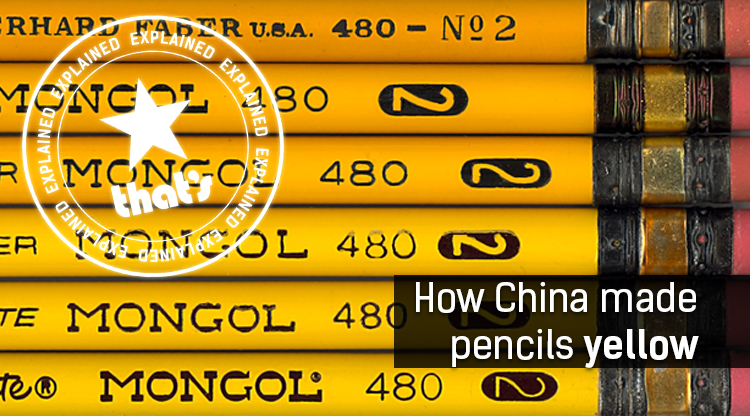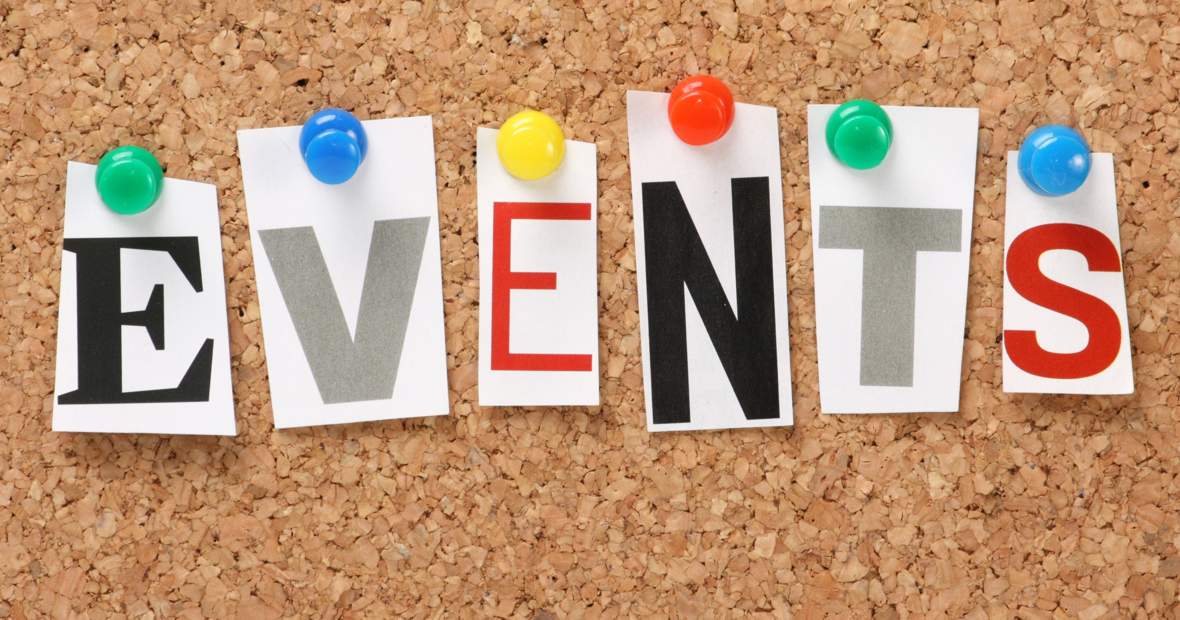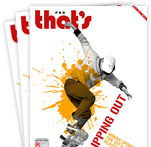The Explainer is where we explain an aspect of Chinese life. Simple. So now you know.
The pencil isn't a Chinese invention. A lucky Englishman stumbled upon an easily-accessible source of graphite way back in 1586, and soon his discovery had been filed down to a point, strapped between a layer of wood and the scribes of the world never looked back.
But while China didn't create the pencil, it is responsible for how a great number of today's ubiquitous writing utensils look. After tapping into that single graphite mine for nearly 300 years, England was running low on the stuff - and that meant it was time to scour the known world for a new supply.
Enter China. Or, more specifically, a rich graphite mine on the northern border with Siberia.
Up until this point, the pencil was an undyed stick of wood with a graphite mixture crammed through its center. There wasn't a typical pencil color, anymore than today we have a typical color for pens.
That all changed with the Koh-I-Noor pencil company. The Austrian-Czech manufacturer was one of the first to gain access to the Chinese/Siberian graphite mine in the late 1880s.
This was a time before televisions and the internet - people had a much lower entertainment threshold than today. Imagine the excitement of the crowd then, at the 1899 Paris World's Fair, when Koh-I-Noor unveiled their new creation from the graphite mines of Siberia: It was a premium writing utensil - the pencil to end all pencils - and it was yellow.
The yellow was a deliberate nod to the colors of the Chinese imperial family, in an attempt to highlight the high-end pencil's status as a luxurious, worldly instrument. This was at a time when, within China, anyone other than the emperor was prohibited from owning anything with the color yellow (sometimes on penalty of death).

A box of Mongol-brand pencils
But Koh-I-Noor wasn't thinking about the Chinese pencil market - they were aiming at the European and American one, and those people loved them some Orientalism.
The premium Koh-I-Noor pencil soon had itself plenty of competition. Other pencil companies began producing from the Siberian graphite mine, and they too embraced the Imperial Yellow colors. They also upped the Orientalism ante by giving their pencils model names like "Mongol" and "Mikado." (The latter is Japanese, which doesn't make much sense, but these were not people whose main concern was cultural accuracy.)
In time, chemical substitutes for pure graphite eventually caused the Siberian mine to decline in importance - but by that point, the damage was already done. Pencils had become inexorably tied with yellowness, and there was no erasing that.
H/T: A NYTimes book review from 1990 about the creation of pencils
For more of The Explainer, click here.





















0 User Comments